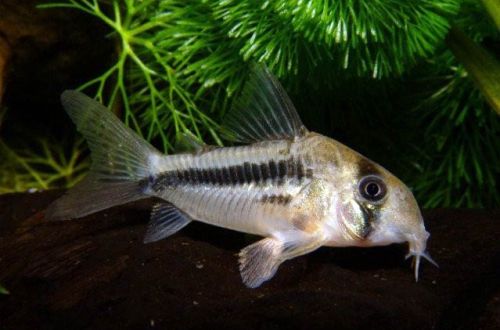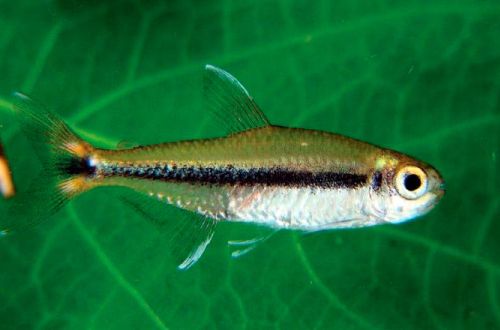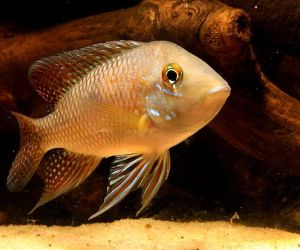
geophagus
Geophagus (sp. Geophagus) comes from South America. They inhabit numerous river systems in the equatorial and tropical climatic zones, which include the vast basins of the Amazon and Orinoco rivers. They belong to the representatives of South American cichlids.
The name of this group of fish indicates the peculiarities of nutrition and goes back to two ancient Greek words: “geo” – earth and “phagos” – to eat, take food. They feed at the bottom, picking up a portion of sandy soil with their mouths and sifting it in search of small bottom organisms and plant particles. Thus, for normal nutrition in the design of the aquarium, the presence of sandy soil is mandatory.
Kaundan
- Kontento ug pamatasan
- breeding
- Mga geofagus nga altifron
- Geophagus Brokopondo
- Geophagus Weinmiller
- Geophagous nga demonyo
- Geophagus dichrozoster
- Geophagus Iporanga
- Geophagus nga pula nga ulo
- Geophagus Neambi
- Geophagus Pellegrini
- Pindar geophagus
- Geophagus proximus
- Geophagus surinamese
- Geophagus Steindachner
- Geofaus Yurupara
- perlas nga cichlid
- Nakita nga Geophagus
Kontento ug pamatasan
The way of eating also affected the appearance. Fish have a massive body and a large head with a large mouth. On average, they reach a length of about 20 cm or more. As a rule, males and females do not have obvious visible differences, having a similar color and body pattern.
They are considered relatively easy to maintain if they are in a spacious tank (from 500 liters) in which suitable conditions are created: temperature regime, hydrochemical composition of water, absence of dangerous concentrations of nitrogen cycle products
Within a view, there is a clear internal hierarchy headed by one or more
breeding
With the onset of the mating season, the male and female form a temporary pair. Both parents guard the clutch until the fry appear. From this moment, the males usually start looking for a new companion, and the female remains to protect the brood for several more weeks. The most common way of protection is to hide the juveniles in the mouth, from where the fry periodically swim up to feed. Each time the time of free swimming increases and at a certain moment the fry become independent.
Kuhaa ang isda gamit ang usa ka filter
Mga geofagus nga altifron
Geophagus Brokopondo
Geophagus Weinmiller
Geophagous nga demonyo
Geophagus dichrozoster
Geophagus Iporanga

Geophagus nga pula nga ulo
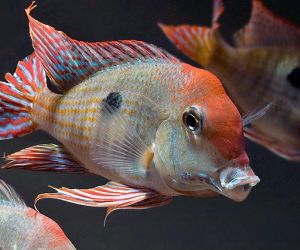
Geophagus Neambi
Geophagus Pellegrini
Pindar geophagus
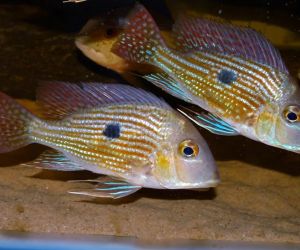
Geophagus proximus
Geophagus surinamese
Geophagus Steindachner
Geofaus Yurupara
perlas nga cichlid
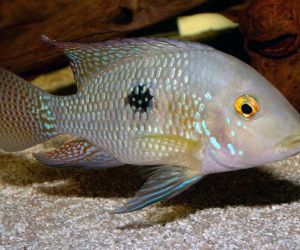
Nakita nga Geophagus



